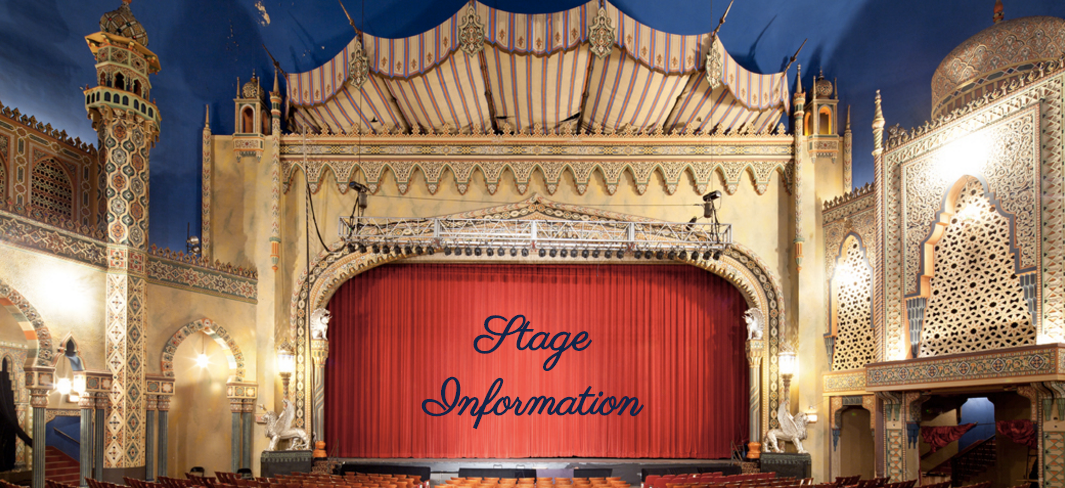
Lighting
Lighting plays an incredibly important part in a theatre production, in fact without it you wouldn’t even be able to find your way to your seat unless you had a torch or something. The lighting aspect of a theatre production is responsible for everything that needs to be lit up including your seats before and after the show.
Conventional LightingConventional lighting fixtures are a type of lighting fixture that is usually powered by one halogen light source. These lights are powered by 240v and are usually connected to a dimmer to control them. They are also known as Analog fixtures. Although that makes them sound old they are still the most common type of fixture in the industry. There are a many different types of conventional fixtures. These are a few categories; ProfilesProfiles are a fixture designed to have a very narrow beam and are normally used to highlight a subject onstage. However, in larger venues where the distance from the light to the subject is much longer then they can also be used as a wash. The fixture pictured in figure 2.1 is a profile called the Source 4 and is one of the most widely used profiles in the industry. WashesA wash fixture is one with normally a wider beam angle that is designed to cover a larger space with light. Examples of these would be Fresnel’s and PC’s. Pictured in figure 2.2 is an example of a Fresnel. Cyclorama LightsA cyclorama fixture is very similar to a wash light but is designed for lighting up curtains as opposed to large spaces. Follow spotsA follow spot is a light usually on some sort of tripod that an operator can point anywhere on stage and highlight a person. They are usually used to keep a spotlight on a moving person or object. These are manual lights that have to have an operator. However, there are newer follow spots that can track people and do not require an operator. These automated systems are not very common yet. Pictured on the left is a Robert Juliat – Lucy Followspot. Intelligent LightingModern advancements in lighting have lead to a new category of fixture being introduced called an intelligent fixture or a moving fixture. These lights come in all shapes and sizes. Lights included in this category are everything from lasers to moving lights to colour changing lights! The most common type of intelligent fixture would be a moving head. These are similar to a profile or wash but they can point in any direction, change colours, dim themselves, put pictures into the light known as gobos and so much more. They can even change the shape of their beam! Pictured in figure 2.4 is a very popular moving head called the Sharpy. This light can do most of the cool stuff mentioned in the last paragraph. It can move, change colours, gobos, dim itself and lots more. The second type of intelligent light would be a LED Parcan. These lights are just a small fixture that can change colours. An example of a parcan is shown in figure 2.5. ControlNow, to make all of these lights turn on and off, spin around and change colours, we need some sort of controller. An example of a controller would be as pictured in figure 2.6 which is an ETC Gio Console, one of the most popular consoles made. In simple terms, a lighting operator uses this console and sets up a bunch of looks on stage. He or she then puts these in order that they need to appear onstage for the show. When the show starts the operator basically presses the GO button to go through the list of looks when they are needed. Sometimes using advanced software, the creation of the looks can be done before the show is even in the venue. This is called pre-programming. It speeds up the rehearsals of the shows in the venue. These consoles range in size and price. Sizes can be anywhere from the size of a PC keyboard up to a whole table dedicated to a controller. The prices also range from a few hundred dollars to anywhere up to near $100 000. Dimmer and DistributionIf it was as simple as plugging lights straight into the console life would be great, but unfortunately it isn’t that simple. Any conventional lights can’t be plugged straight into the console. They need to use what is called a dimmer. A dimmer basically uses the digital signal from a console and uses it to dim or control 240v fixtures such as a Source 4 or a Fresnel. A JANDS 12 Channel dimmer is pictured in figure 2.7 Intelligent fixtures can use the digital signal straight from the console. This is known as the DMX protocol. A single cable can come from the console into the first light, then out of the first light into the next and so on. However,. This presents a problem where all the lights have to connect to each other. This can become a problem and can use a lot of cable. That is where DMX splitters come into the equation. A splitter takes one DMX cable in and provides multiple outputs, that way all the lights don’t necessarily have to connect to each other. Just the splitter. A dimmer also uses this DMX to control its lighting fixtures. Pictured in figure 2.8 is a 8-Way DMX splitter. There are also many distributional parts like patches and looms. A loom is basically a fat cable that contains many smaller ones. These can include DMX and/or Power. A patch panel is basically where a loom plugs into and is split off into its individual cables. Pictures in figure 2.9 is a Socopex loom. It contains several 240v power leads. Another common type is a Wieland loom which is similar. Wieland and Socopex are the manufacturers of the looms. |
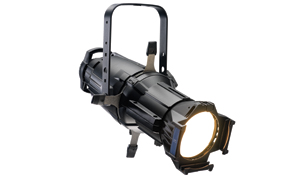 Figure 2.1 - ETC Source 4 Profile 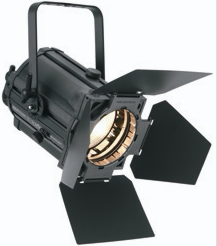 Figure 2.2 - Selecon Rama Wash 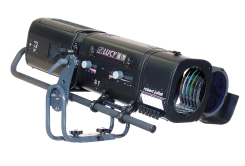 Figure 2.3 - Robert Juliat - Lucy 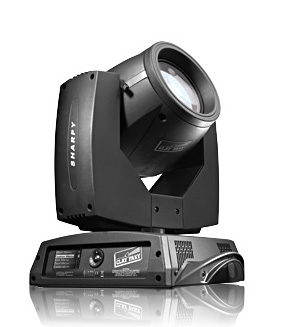 Figure 2.4 - Clay Paky Sharpy
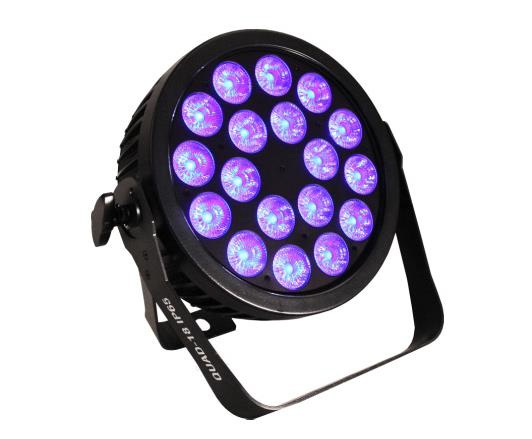 Figure 2.5 - ShowPro Quad Par 18 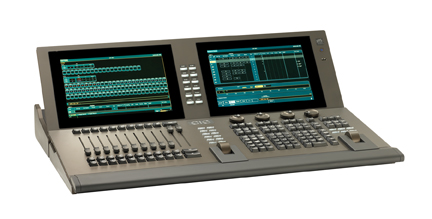 Figure 2.6 - ETC Gio Console 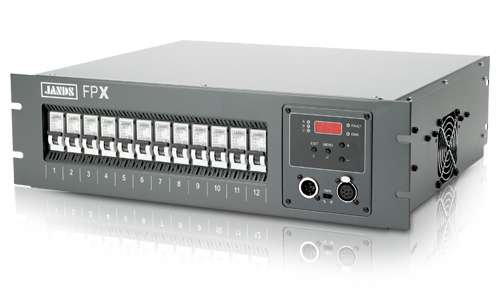 Figure 2.7 - JANDS FPX 12 Channel Dimmmer 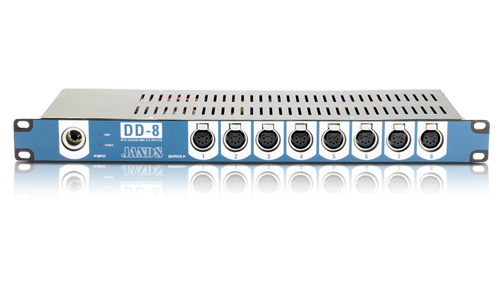 Figure 2.8 - JANDS DD8 Splitter |